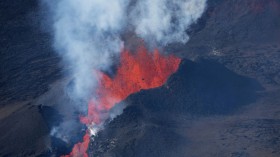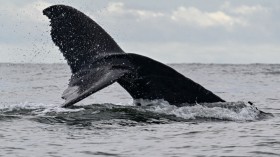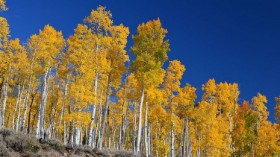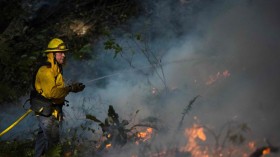Snow. Is it paying for our environmental sins?
That is, like all things next to roadways and in urban environments, snowflakes are picking up pollutants from the air in cities. But they're doing it in a particularly efficient way, like a pollution sink, says a recent study. In fact, those findings from snow-capital Montreal, Canada indicate that, while "snow ice cream" and downing a part of the potential snowman are both appealing, snow is not for eating.
That is, the study team found that urban snow can absorb the carcinogenic and otherwise toxic pollutants from car exhaust. It's also possible that cold surroundings and very low temperatures might help release the new compounds, according to research leader Dr. Parisa Ariya at McGill University.
"Snow flakes are ice particles with various types of surfaces, including several active sites, that can absorb various gaseous or particulate pollutants," Arisa said, according to The Huffington Post. "As a mother who is an atmospheric physical chemist, I definitely do not suggest my young kids to eat snow in urban areas in general." However, she added, "I do not wish to be alarmist."
In the research, the team placed snow and exhaust fumes in a chamber. They noted the chemical reactions that occurred and pointed out that snow acts as a sponge, picking pollutant particles out of the air, noted the article.
Chemicals from exhaust, such as toluene, benzene, ethylbenzene and xylenes increased by a high percentage in the snow within an hour, in fact. Several of the other compounds that went into the snow were also potential health hazards, the team noted.
For the latter reason, the scientists said in their findings that snow's interaction with freezing temperatures and exhaust fumes may be resulting in a threat to public health. They suggest including this topic in discussions about climate change.
"Without considering snow and ice, one will not be able to properly evaluate the effect of exhaust emission, and subsequently health and climate impacts, for the cities which receive snow," Ariya said in the Huffington Post article. "Further research -- lab, field and model -- is recommended to address various aspects of such experiments under various environmental conditions, for adequate implementation in future modeling. Further advisory policy will also be required."
The study report was published recently in the journal Environmental Science: Processes & Impacts.
For more great nature science stories and general news, please visit our sister site, Headlines and Global News (HNGN).
-Follow Catherine on Twitter @TreesWhales
© 2024 NatureWorldNews.com All rights reserved. Do not reproduce without permission.





